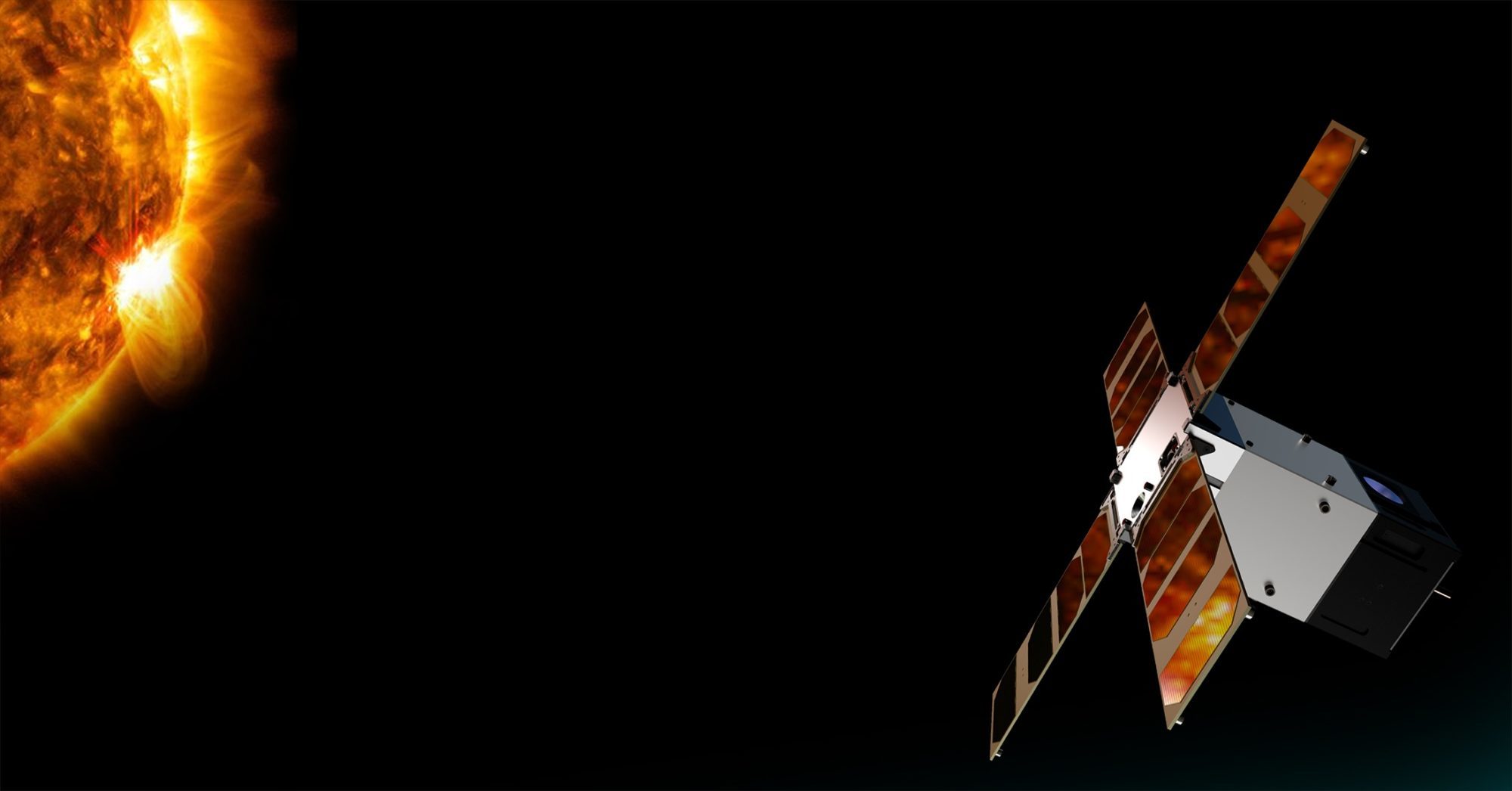Space storm risks on satellite constellations can be reduced with Finnish technology

On Thursday, February 3, SpaceX launched 49 Starlink communications satellites into space with its Falcon 9 rocket. A few days later, however, the company was forced to say that most of them are falling back to Earth. The reason was a space storm which occurred around at the same time as the launch.
The cause of the storm was an eruption in the sun which hit the Earth’s magnetic field after three days, just before the unlucky satellites were launched.
SpaceX reported on Feb 8, 2022 that the atmospheric drag experienced by the satellites was 50% higher than in previous launches due to the geomagnetic storm. As a result, up to 40 of the satellites will fall back into the atmosphere without ever reaching their intended orbit. Satellites disintegrate and burn up in the atmosphere when they fall, so there’s no danger.
Since the solar flares were detected, the possibility of a geomagnetic storm was known several days in advance. For example, the Finnish Meteorological Institute also increased the probability of the Northern Lights it predicted on the basis of this information. However, the intensity of the storm did not look particularly high, but was only a tenth of the strongest eruptions, which explains why SpaceX was not probably too concerned about it.
More detailed information with new satellite technology
The eruption that caused the solar storm was also measured by the SUNSTORM nanosatellite produced and operated by Kuva Space Oy and launched by the European Space Agency in August 2021 with its XFM X-ray spectrometer”, says Juhani Huovelin from Isaware Oy, who is responsible for developing the measuring device and of data analysis.
The SUNSTORM satellite’s XFM instrument is capable of measuring high-energy electrons and detected even a 10 times higher electron flow values than normally in the SUNSTORM satellite’s 540 km high orbit well in advance of the geomagnetic storm which hit the Starlinks. In short, the satellite’s measurements showed that the eruption in question was both exceptionally long-lasting and clearly more energetic than normally. These properties are not detected with currently used instruments. This added information would have been crucial in predicting the magnitude of the upcoming geomagnetic storm.
Based on the promising results from The SUNSTORM-mission, new XFM versions are already planned for NOAA’s next SWFO space weather satellite, which will be launched in 2025, and for ESA’s Vigil space weather mission a few years later. Most effectively, however, these satellites can be used as low-orbit satellite constellation, allowing all their benefits to be used to predict space weather accurately.
For more information, read: Release by the Finnish Meteorological Institute (in Finnish)
More information on SUNSTORM:
New X-ray flux monitor to bring better space weather forecasts by ESA